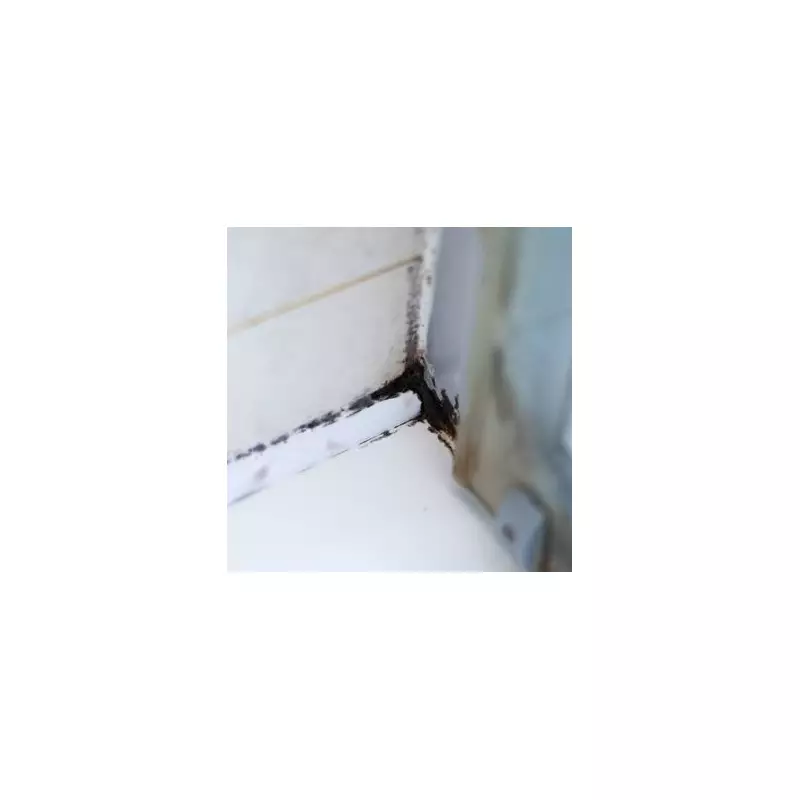
Are you fighting a losing battle against unsightly black mould in your bathroom? That stubborn fungus creeping across your grout and ceilings isn't just an eyesore - it can pose serious health risks too. But what if we told you the solution might already be hiding in your kitchen cupboard?
The Surprising Household Hero That Destroys Mould
According to cleaning experts, white vinegar stands as one of the most effective weapons against bathroom mould. This humble kitchen staple contains acetic acid that penetrates porous surfaces and kills mould at its roots.
Here's how to use it: Simply fill a spray bottle with undiluted white vinegar and generously apply to affected areas. Let it work its magic for at least an hour before scrubbing with a stiff brush. For persistent patches, leave overnight and rinse with warm water in the morning.
5 Professional Mould-Busting Strategies
- Ventilation is Vital: "Many homeowners forget the simplest solution," says cleaning professional Sarah Dempsey. "Running your bathroom fan during and after showers for at least 30 minutes dramatically reduces moisture levels where mould thrives."
- Baking Soda Scrub: Create a powerful paste using baking soda and water. This gentle abrasive works wonders on tile grout without causing damage. The alkaline nature of baking soda makes it hostile territory for mould growth.
- Preventative Wiping: Develop the habit of wiping down shower walls and screens after each use. This thirty-second task removes the moisture mould needs to establish colonies.
- Lemon Fresh Defence: The citric acid in lemons provides natural antifungal properties. Rub half a lemon directly on problem areas or create a lemon juice spray for regular maintenance.
- Essential Oil Protection: Tea tree and eucalyptus oils don't just smell fresh - they're natural fungicides. Add a few drops to your cleaning water to discourage mould's return.
Why Your Current Approach Might Be Making It Worse
Many people instinctively reach for bleach when they spot mould, but this could be counterproductive. While bleach removes surface discolouration, it often fails to kill the roots embedded in porous materials. The water in bleach solutions can even feed remaining spores, leading to quicker regrowth.
"Bleach is like putting a plaster on a deep wound," explains Dempsey. "You're treating the symptom but not the cause. Natural acids like vinegar penetrate deeper for longer-lasting results."
When to Call in the Professionals
While these DIY methods work for most household mould, extensive infestations covering large areas or causing respiratory issues require professional assessment. Persistent mould despite regular treatment might indicate underlying damp problems needing specialist attention.
By implementing these simple, cost-effective strategies, you can transform your bathroom from a mould magnet to a fresh, healthy space your whole family can enjoy. The battle against bathroom mould is one you can actually win!





